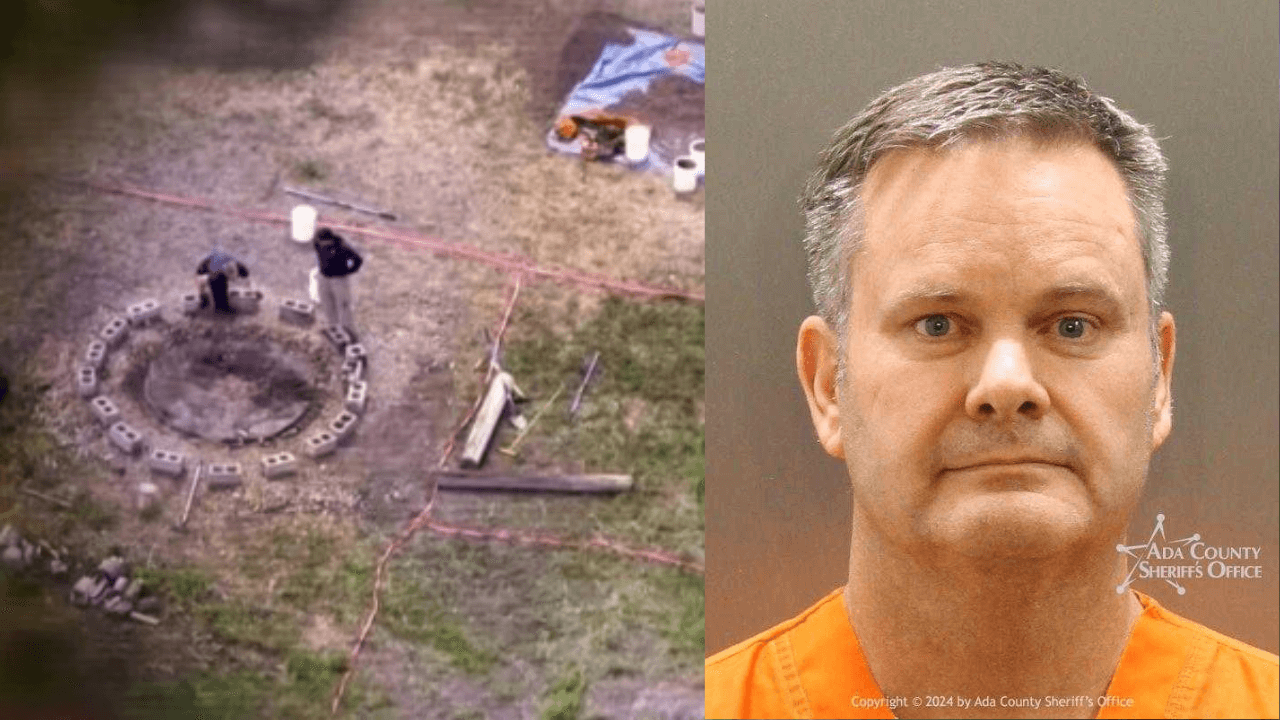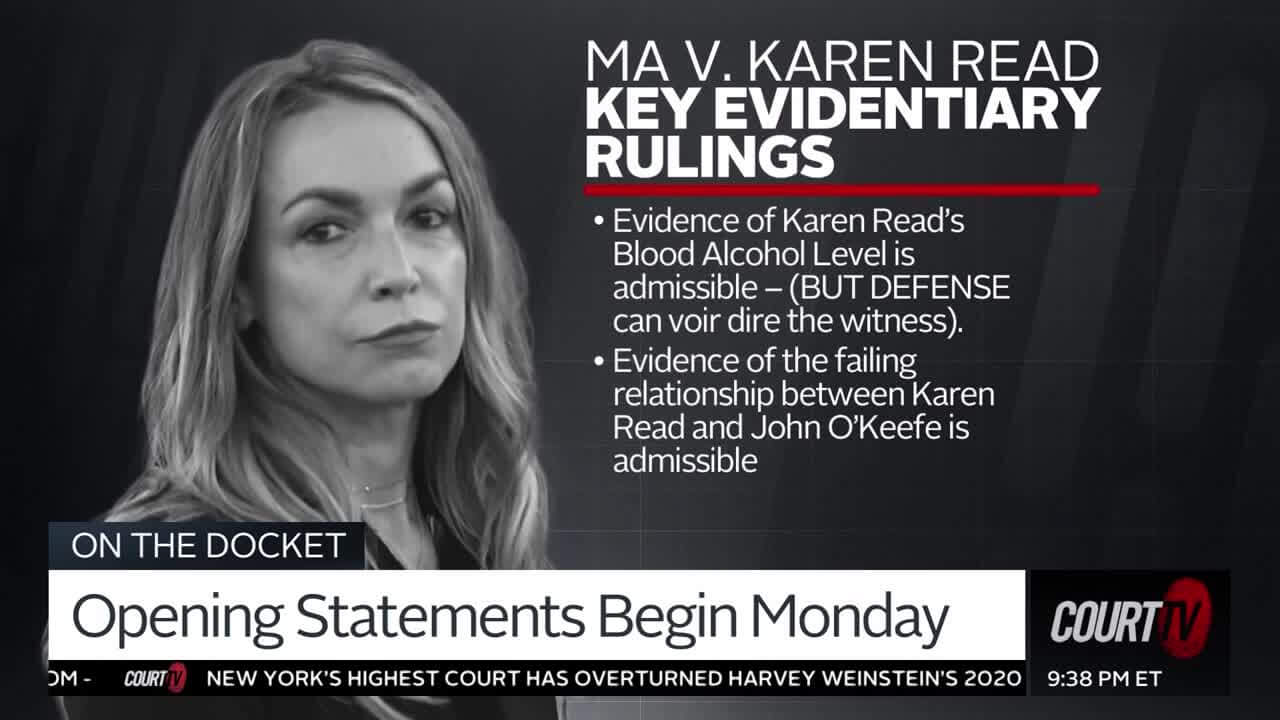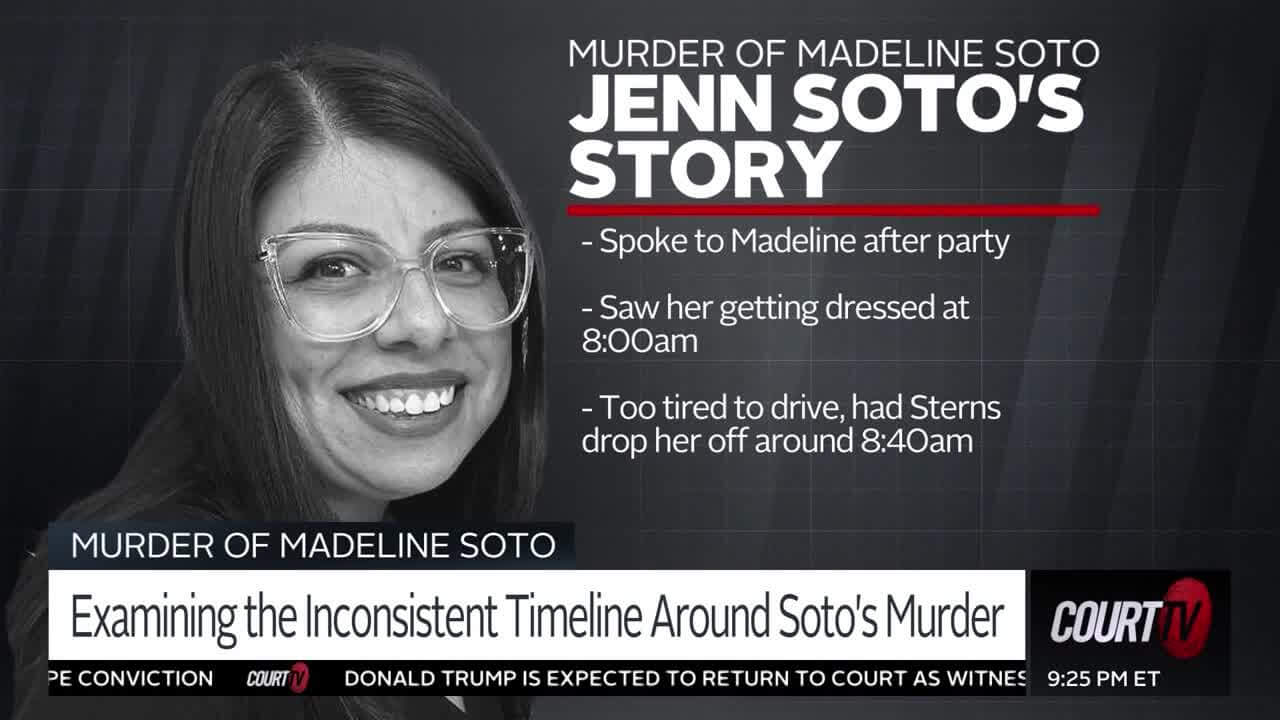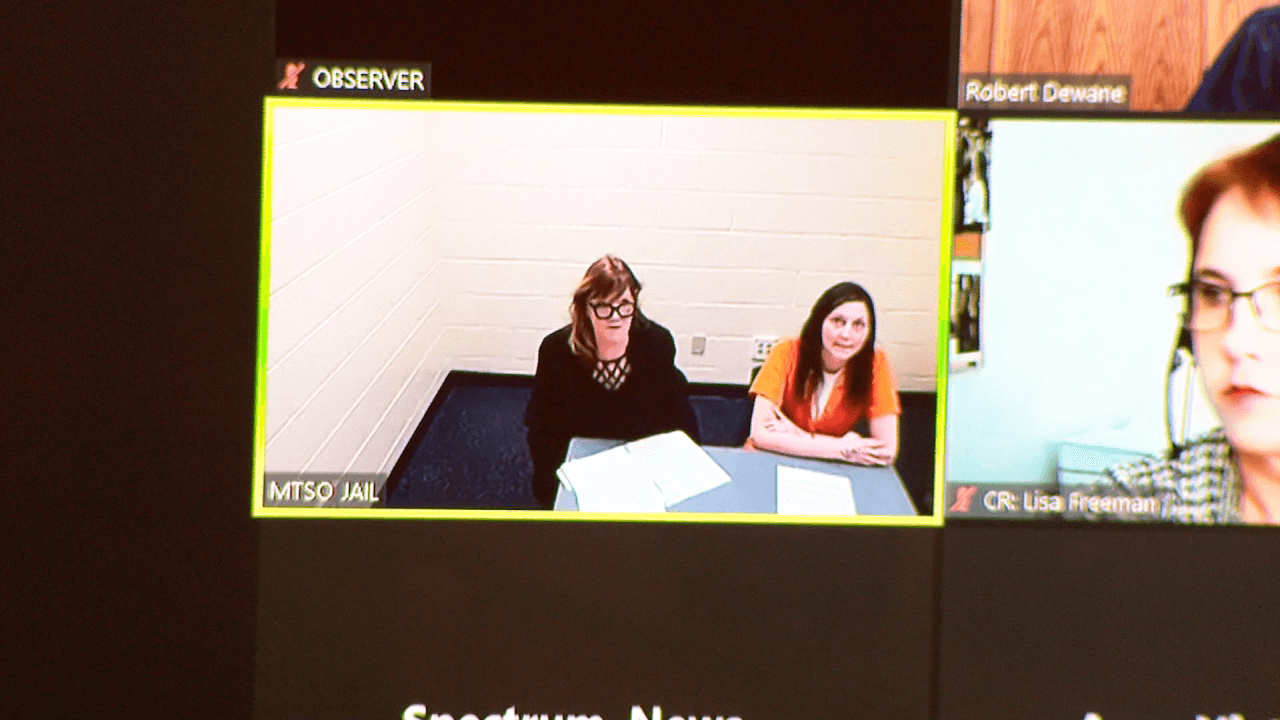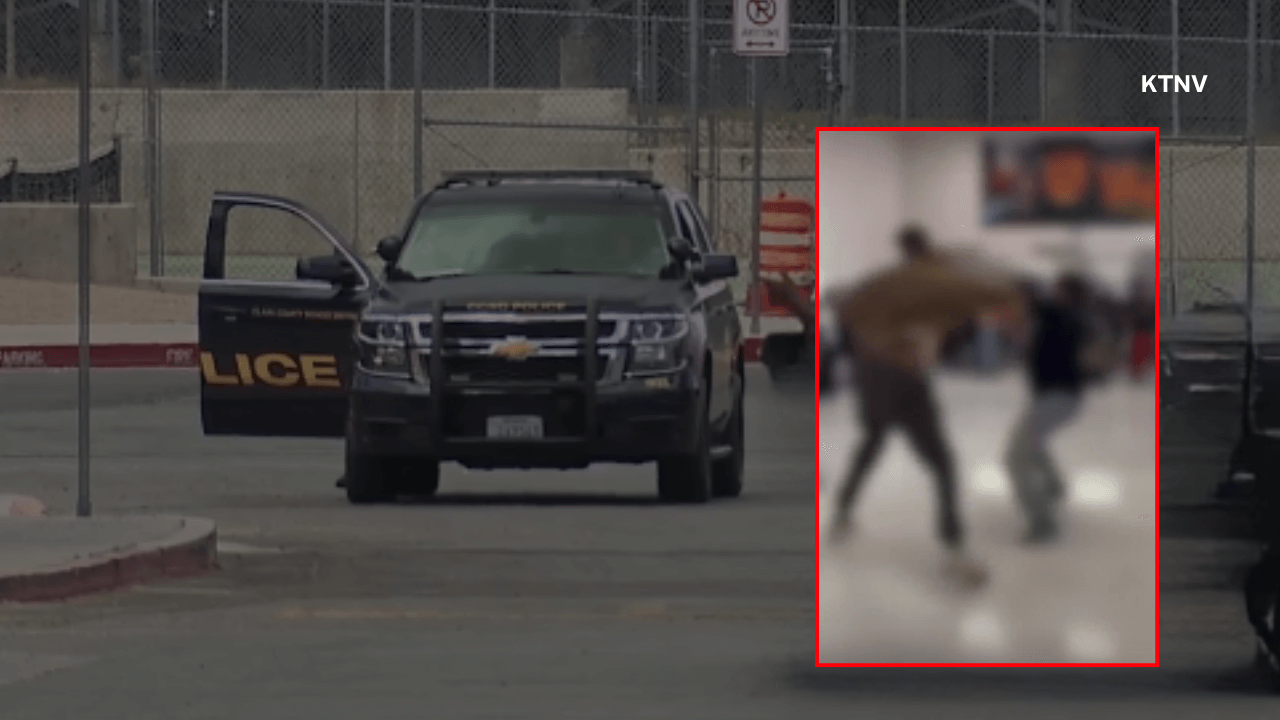By AMY FORLITI and STEVE KARNOWSKI Associated Press
MINNEAPOLIS (AP) — The suburban Minneapolis police officer who shot and killed Daunte Wright with her handgun when she said she meant to use her Taser was fully trained in her department’s policies on the proper use of force, including the stun guns, a police commander testified Tuesday.
Kim Potter, who resigned two days after she shot Wright, should have been familiar with the policies even as they evolved during her 26-year career, Brooklyn Center Police Commander Garett Flesland testified. Potter repeatedly signed documents acknowledging the policies, he said.
Potter, 49, is charged with manslaughter in Wright’s death on April 11 after he was pulled over for having expired license plate tags and an air freshener dangling from his rear-view mirror. Video captured the moments when Wright pulled away from officers who were trying to arrest him on an outstanding warrant, with Potter shouting “I’ll tase you!” and then shooting Wright with her handgun.
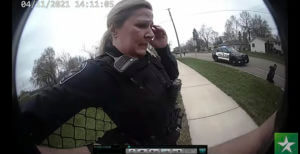
In this screen grab police body cam video is shown in court on Friday, Dec. 10, 2021 at Hennepin County Courthouse in Minneapolis, Minn., former Brooklyn Center police Officer Kim Potter reacts after a traffic stop in which Daunte Wright was shot on April 11, 2021. Potter is charged with first- and second-degree manslaughter in the April 11 shooting of Wright, a 20-year-old Black motorist, following a traffic stop in the Minneapolis suburb of Brooklyn Center. (Court TV, via AP, Pool)
Potter is white and Wright was Black, and his death set off several nights of angry protests in Brooklyn Center. It happened while a white former officer, Derek Chauvin, was on trial in nearby Minneapolis in George Floyd’s death.
The defense has called the shooting a horrific mistake, but has also asserted that Potter would have been within her rights to use deadly force on Wright because he might have dragged another officer, then-Sgt. Mychal Johnson, with his car.
>>>READ MORE: The Death of Daunte Wright Daily Trial Highlights
Prosecutors introduced several documents Tuesday that Flesland testified showed Potter’s repeated certifications on Taser training, and her awareness of the warnings for their use — including a certification the month before Wright was shot.
Judge Regina Chu on Tuesday denied two motions filed by prosecutors. One was designed to limit the opinion of witnesses who are not testifying as experts. That came after Johnson, who is now a major in a sheriff’s office near Minneapolis, testified last week that Potter’s actions were authorized under state law. Johnson was not testifying as an expert on the police use of force.
“I’m not going to preclude any of the officers from testifying that based upon their training and experience, that deadly force or use of Taser was appropriate under the circumstances,” Chu said.
Chu also denied prosecutors’ request to question police officers about union membership. They argued that Potter had roles in the union, including as president, that gave her an elevated level of respect among her coworkers. They wanted to ask officers about it so that jurors could evaluate any potential bias toward Potter.
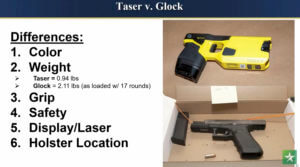
In this image provided by the prosecution shows the difference between a Taser and a Glock as the state delivers their opening statement as Hennepin County Judge Regina Chu presides over court Wednesday, Dec. 8, 2021, in the trial of former Brooklyn Center police Officer Kim Potter in the April 11, 2021, death of Daunte Wright, at the Hennepin County Courthouse in Minneapolis, Minn. (Court TV via AP, Pool)
Chu said she rejected the motion because Potter is no longer connected to the police union in any way and testifying witnesses “couldn’t possibly be biased to testify in her favor because of her position.”
Prosecutors on Monday put the differences between her handgun and her Taser on display for jurors, seeking to raise questions about how an experienced officer could confuse the weapons.
Sam McGinnis, a senior special agent with the state’s Bureau of Criminal Apprehension, highlighted the differences in the way they were holstered on Potter’s duty belt. He also noted the handgun’s weight — at about 2 pounds, more than twice that of the Taser — as well as differences in triggers, grips and safety mechanisms.
McGinnis also testified that the Taser has a laser and LED lights that display before it is fired, which he demonstrated for the jury, while the handgun does not, he said.
The case is being heard by a mostly white jury.
State sentencing guidelines call for just over seven years in prison upon conviction of first-degree manslaughter and four years for second-degree, though prosecutors have said they plan to push for longer sentences.











